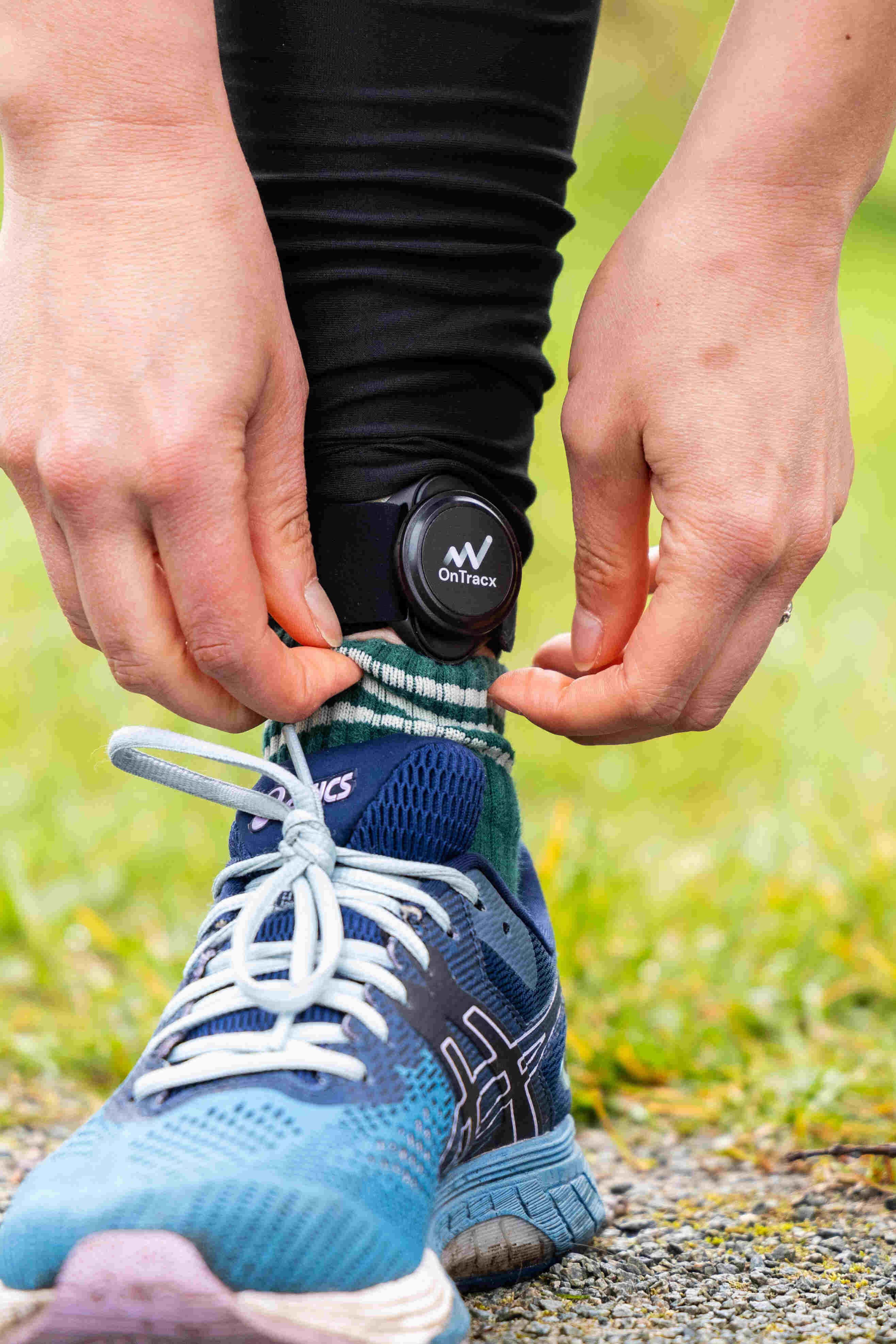OnTracx is relevant for runners who often suffer from overuse injuries, or for those who want to work on injury prevention.
If you often have overuse injuries, such as stress fractures, cartilage damage or Achilles or patellar tendinopathy, this is most likely due to the fact that your body has been loaded too much, training after training. OnTracx allows you to objectively quantify the mechanical load, subsequently using that information to gradually build up your training program, also taking into account the pain and feeling (comfort) aspects.
A tip from the OnTracx team: if you never suffered from injuries and have quite some experience in running, then your body might be able to cope with the experienced load! In other words: you are doing well and you might not gain additional benefits from using OnTracx.
On the other hand, if you're experiencing pain or discomfort, or if you want to progress with confidence, you can consider using OnTracx to guide your safe running journey.
Always consult a medical professional first in case of pain or related symptoms.



























